 Shutterstock
Shutterstock
As dog owners, we all want to give our furry best friends the happiest and healthiest lives possible. We buy them treats, give them belly rubs, and make sure they know they’re the best boys and girls in the world. But sometimes, even the most well-meaning owners make mistakes that can accidentally hurt their dogs—without even realizing it. From feeding habits to exercise routines to small daily choices, there are things we do (or don’t do) that can negatively impact our pups.
Giving Too Many Treats (Yes, Even Healthy Ones)
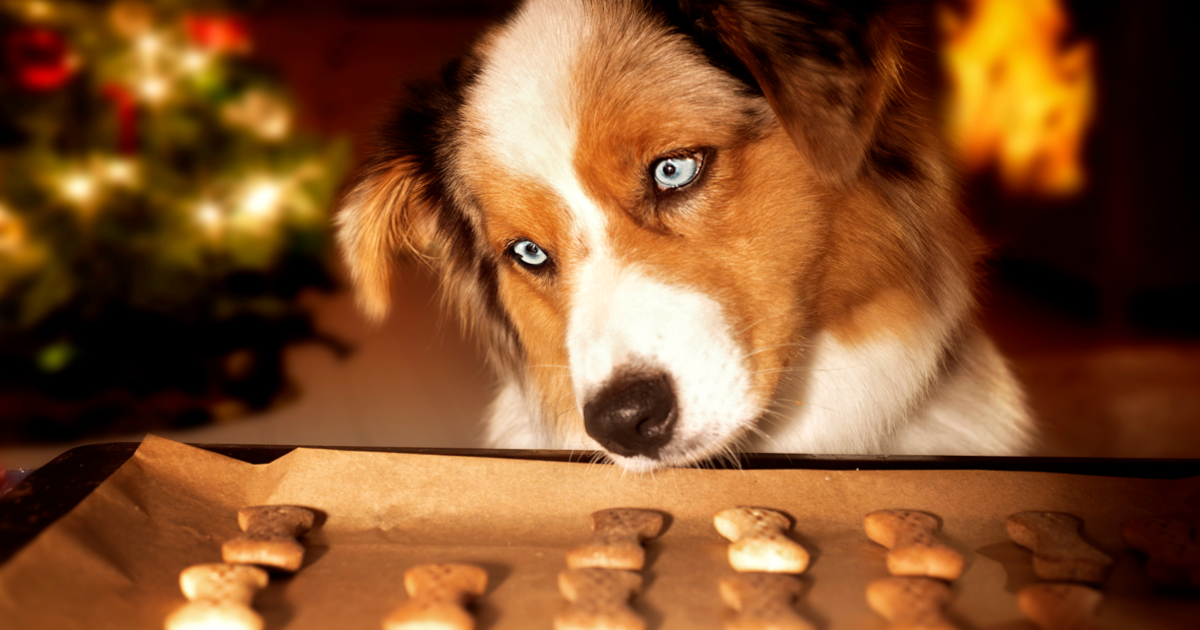 Shutterstock
Shutterstock
We know—it’s really hard to say no to those big, pleading puppy eyes. But too many treats can lead to weight gain, digestive issues, and even long-term health problems like diabetes and joint pain. Even if you’re feeding high-quality treats, they should only make up about 10% of your dog’s daily calories. Overindulgence can also create picky eaters who turn their noses up at regular dog food (because why eat kibble when they know treats exist?). If you just have to give extra snacks, try using low-calorie treats or swapping in healthy alternatives like small bits of carrot or apple.
Skipping Vet Check-Ups
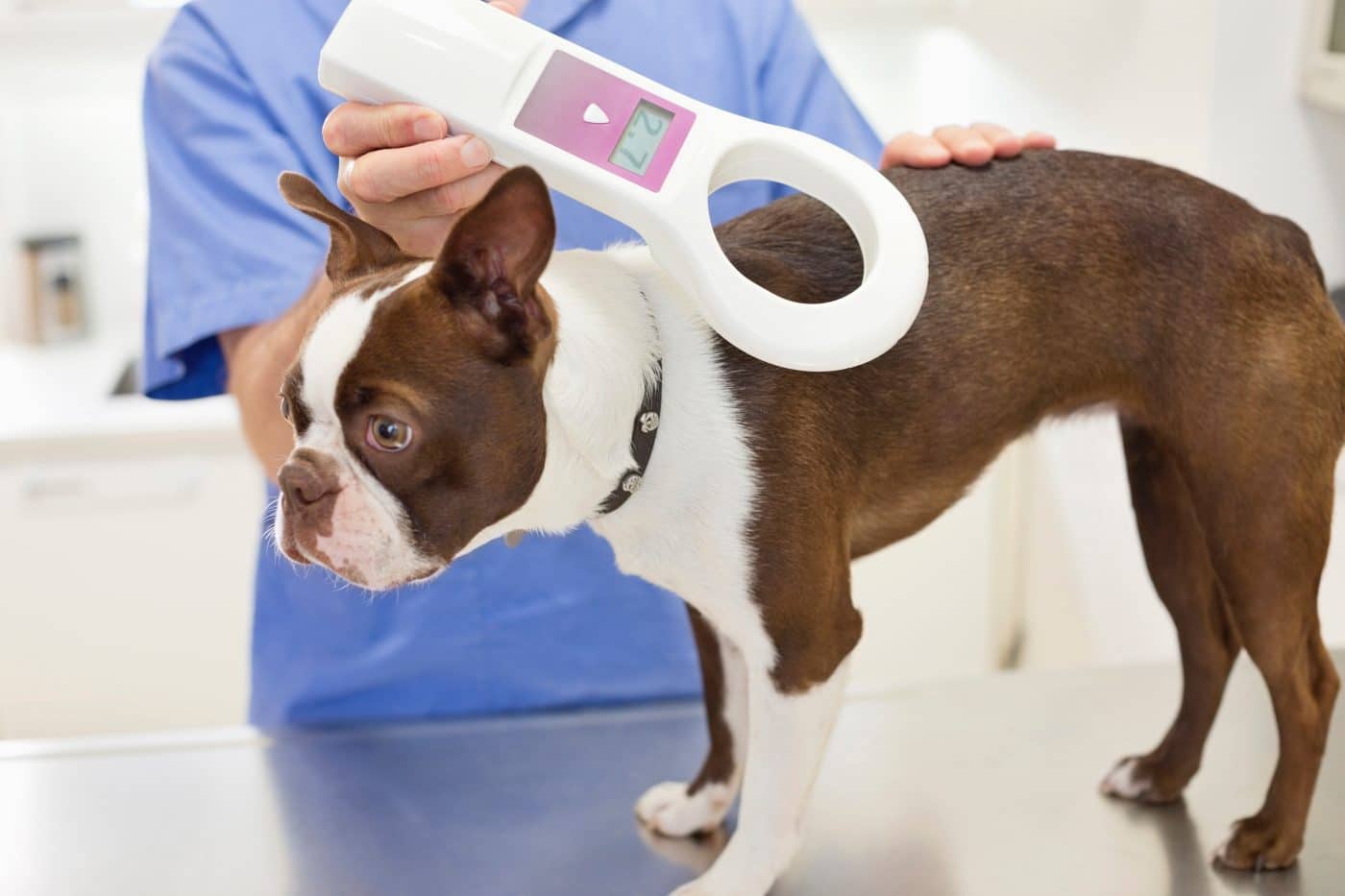 Shutterstock
Shutterstock
Your dog seems healthy, so why bother with routine vet visits? Because dogs are masters of hiding pain and illness. Many serious health issues—like dental disease, arthritis, and organ problems—don’t show obvious symptoms until they’ve become severe. Regular vet visits help catch problems early and ensure your dog stays healthy longer. Plus, it gives you a chance to ask important questions, like, “Why does my dog stare at me while pooping?” (Spoiler: It’s a trust thing.)
Ignoring Dental Care
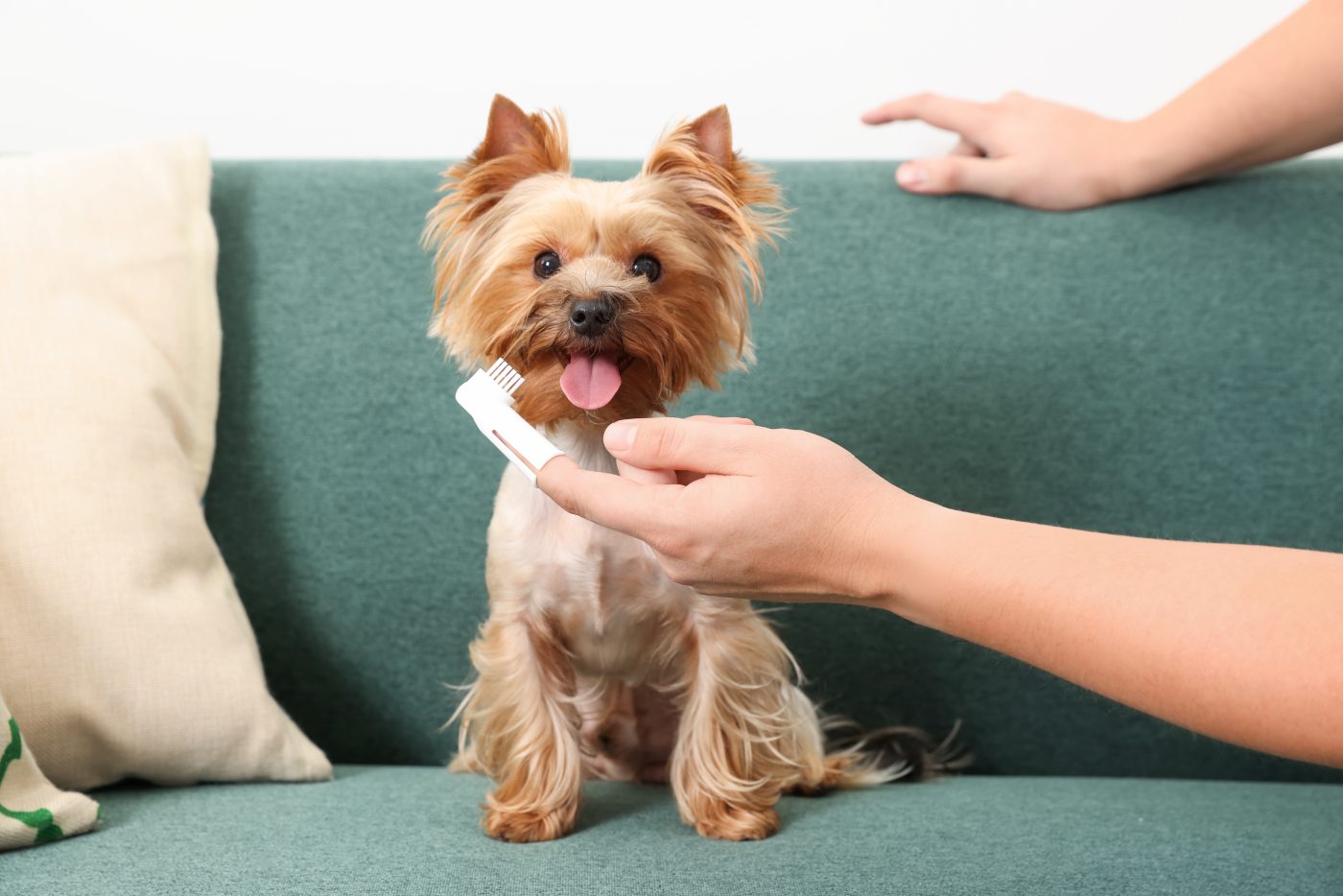 Shutterstock
Shutterstock
You brush your teeth every day (we hope), but what about your dog’s? Dental disease is one of the most common health issues in dogs, and bad breath is just the beginning of the problem. Left untreated, plaque and tartar buildup can lead to painful infections, tooth loss, and even heart disease. While brushing your dog’s teeth daily is ideal, even a few times a week can make a difference. If your pup hates toothbrushes, dental chews, and vet-approved water additives can help keep their mouth fresh and healthy.
Letting Them Gain Too Much Weight
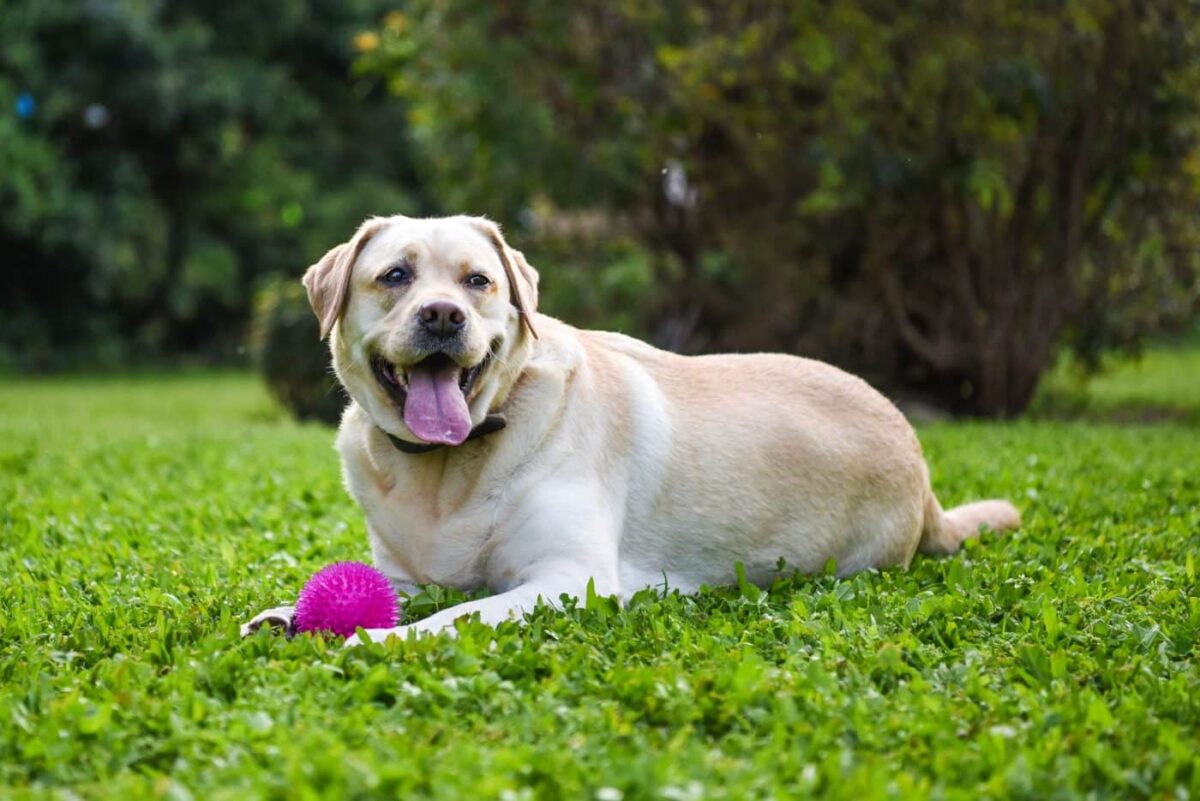 Shutterstock
Shutterstock
A few extra pounds might not seem like a big deal, but for a dog, even a little weight gain can put stress on their joints and lead to major health problems. Overweight dogs are at higher risk for arthritis, diabetes, heart disease, and even a shorter lifespan. If your dog is starting to resemble a loaf of bread instead of their usual shape, it might be time to adjust their diet and exercise routine. (And yes, that means cutting back on those extra table scraps.)
Not Giving Them Enough Exercise
 Shutterstock
Shutterstock
Dogs weren’t meant to live lazy, couch-potato lives (even if they think they were). Without enough physical activity, dogs can become overweight, develop behavioral issues, and even suffer from anxiety or depression. If your dog is zooming around the house at 10 p.m. like they just drank three espressos, they probably need more exercise.
Leaving Them Alone for Too Long
 Shutterstock
Shutterstock
Dogs are social creatures, and being left alone for too long can lead to separation anxiety, boredom, and destructive behavior. If your pup is tearing up the couch, chewing on furniture, or howling like they’re in an emo band, they might be feeling lonely. If your schedule keeps you away for long hours, consider hiring a dog walker, getting interactive toys, or adopting a second pet for companionship. (But fair warning: two dogs = double the mischief.)
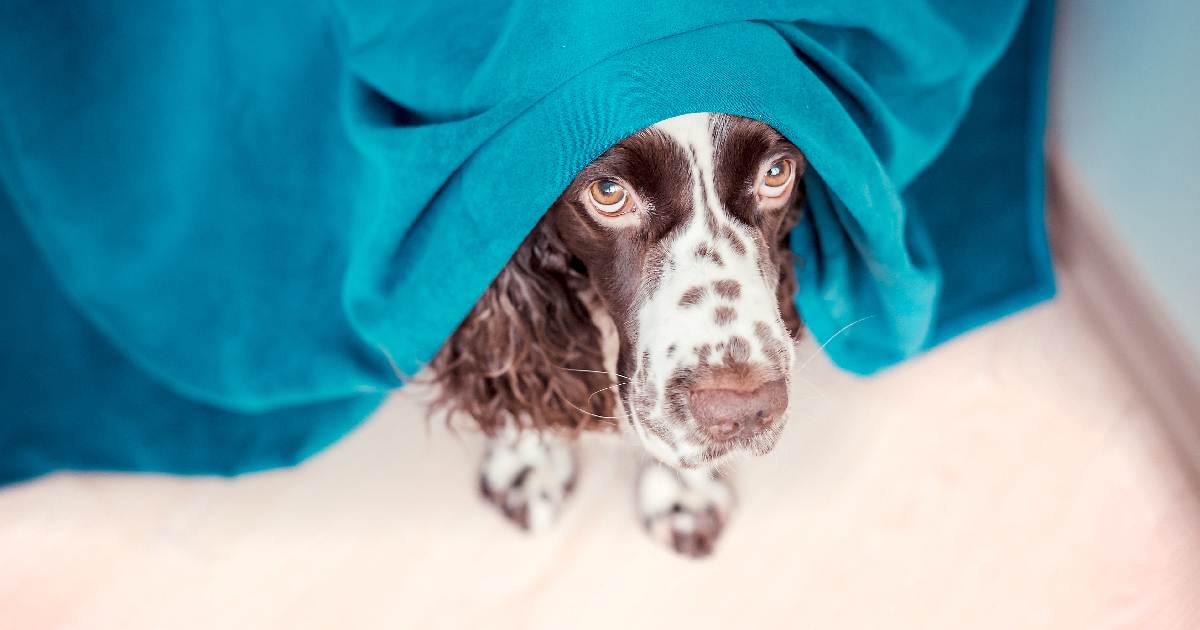 Shutterstock
Shutterstock
A dog that isn’t properly socialized can develop fear, anxiety, or aggression toward new people, dogs, and environments. Socialization isn’t just about making sure your pup plays well with others—it helps them feel comfortable in any situation. Introduce your dog to new experiences, sounds, and sights from a young age, and keep socialization positive. Otherwise, you might end up with a dog who acts like a tiny drama queen every time they see a new person.
Using Harsh Punishment
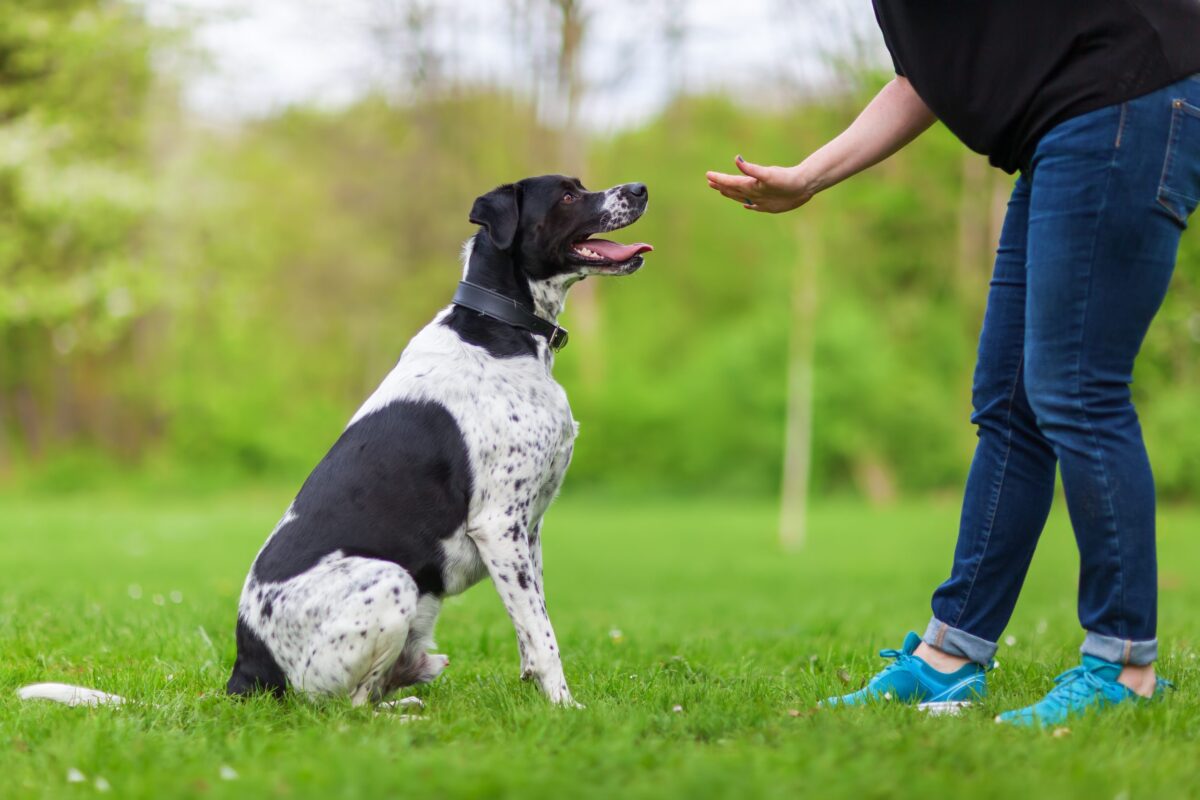 Shutterstock
Shutterstock
Yelling, hitting, or using outdated dominance-based training methods can seriously harm your dog’s trust in you. Dogs learn best through positive reinforcement—rewarding good behavior instead of punishing bad behavior. If your dog is misbehaving, they probably just need clearer guidance (or, let’s be honest, more training treats). Harsh punishment can lead to fear and anxiety, which often makes behavior problems worse in the long run.
Not Letting Them Sniff on Walks
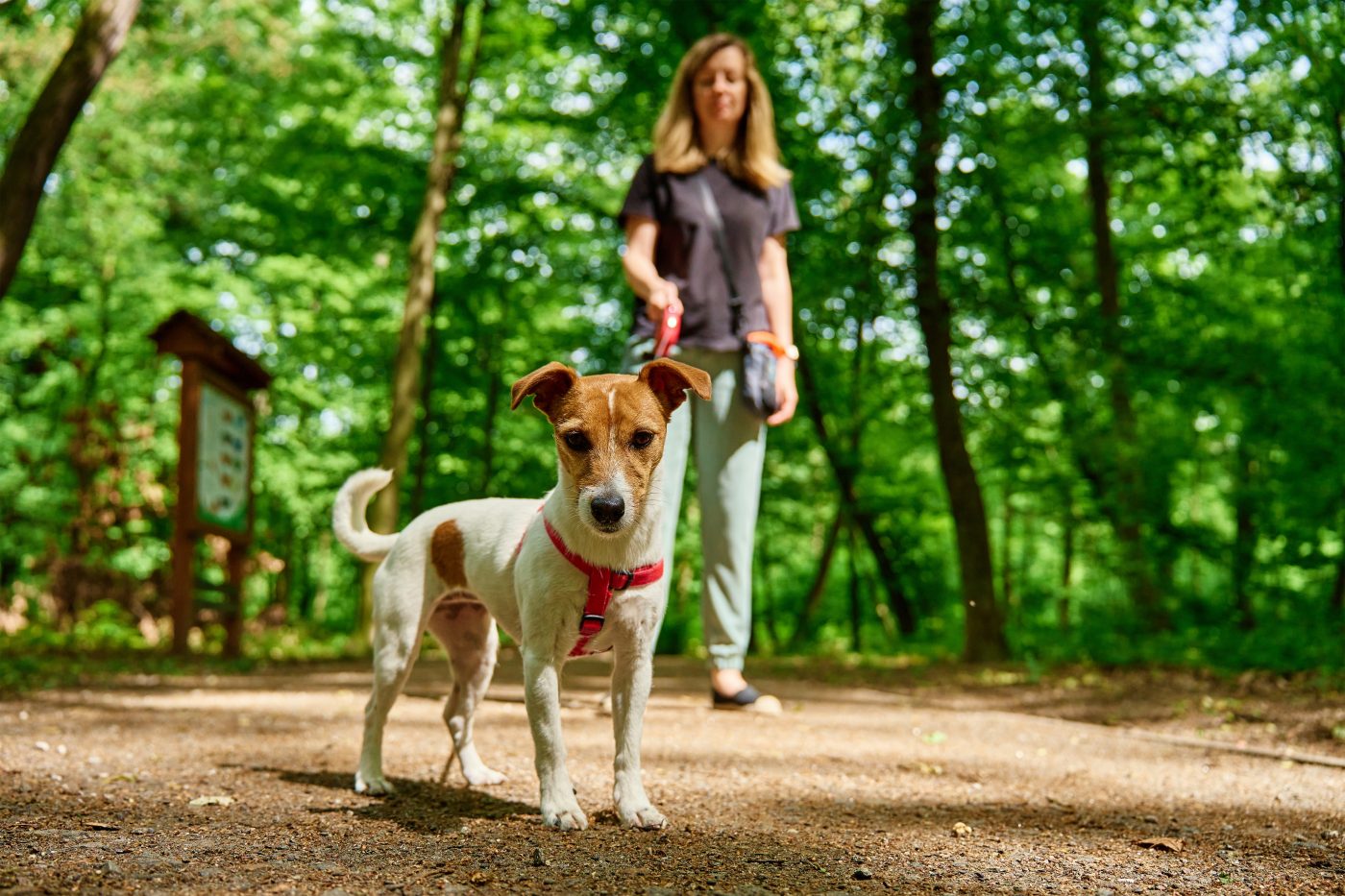 Shutterstock
Shutterstock
Your dog’s nose is their main way of experiencing the world. When you rush through walks without letting them stop and sniff, you’re essentially forcing them to watch a movie on fast-forward. Sniffing provides mental stimulation and helps dogs process their environment. So next time your dog stops to investigate one very specific blade of grass, be patient—it’s their version of checking the news.
Using the Wrong Collar or Harness
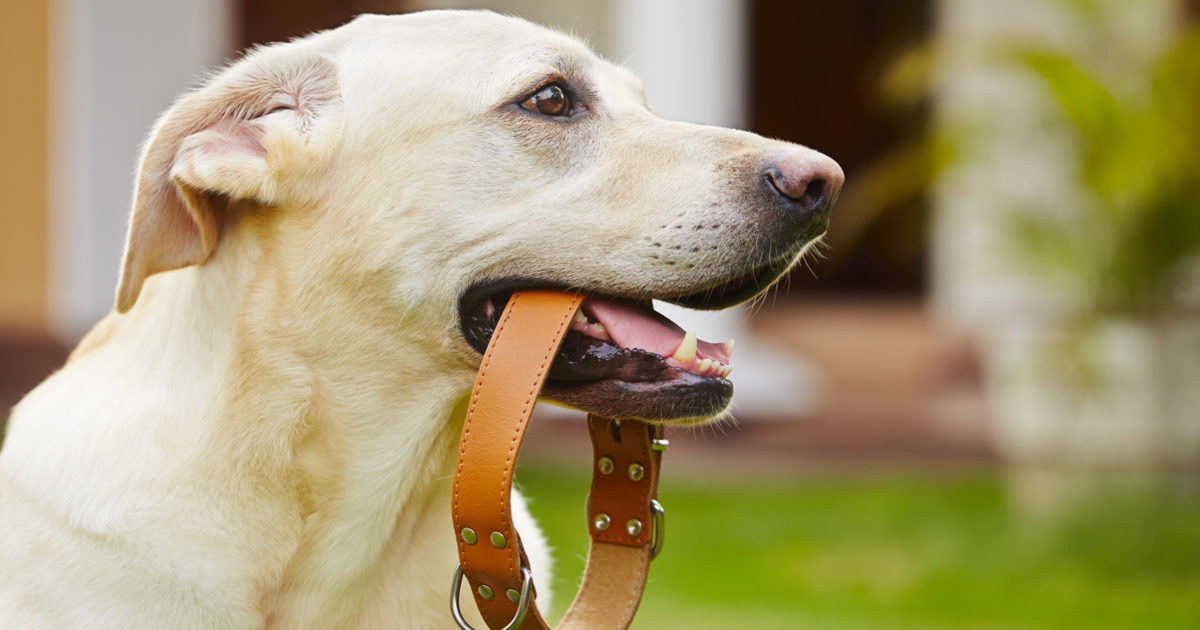 Shutterstock
Shutterstock
That cute collar you bought might be hurting your dog. Ill-fitting collars can cause choking, throat injuries, and even long-term spinal damage. For dogs that pull, a front-clip harness or head halter is much safer than a choke chain or prong collar. Always make sure your dog’s collar fits snugly but isn’t too tight—you should be able to fit two fingers underneath it comfortably.
Giving Unsafe Human Foods
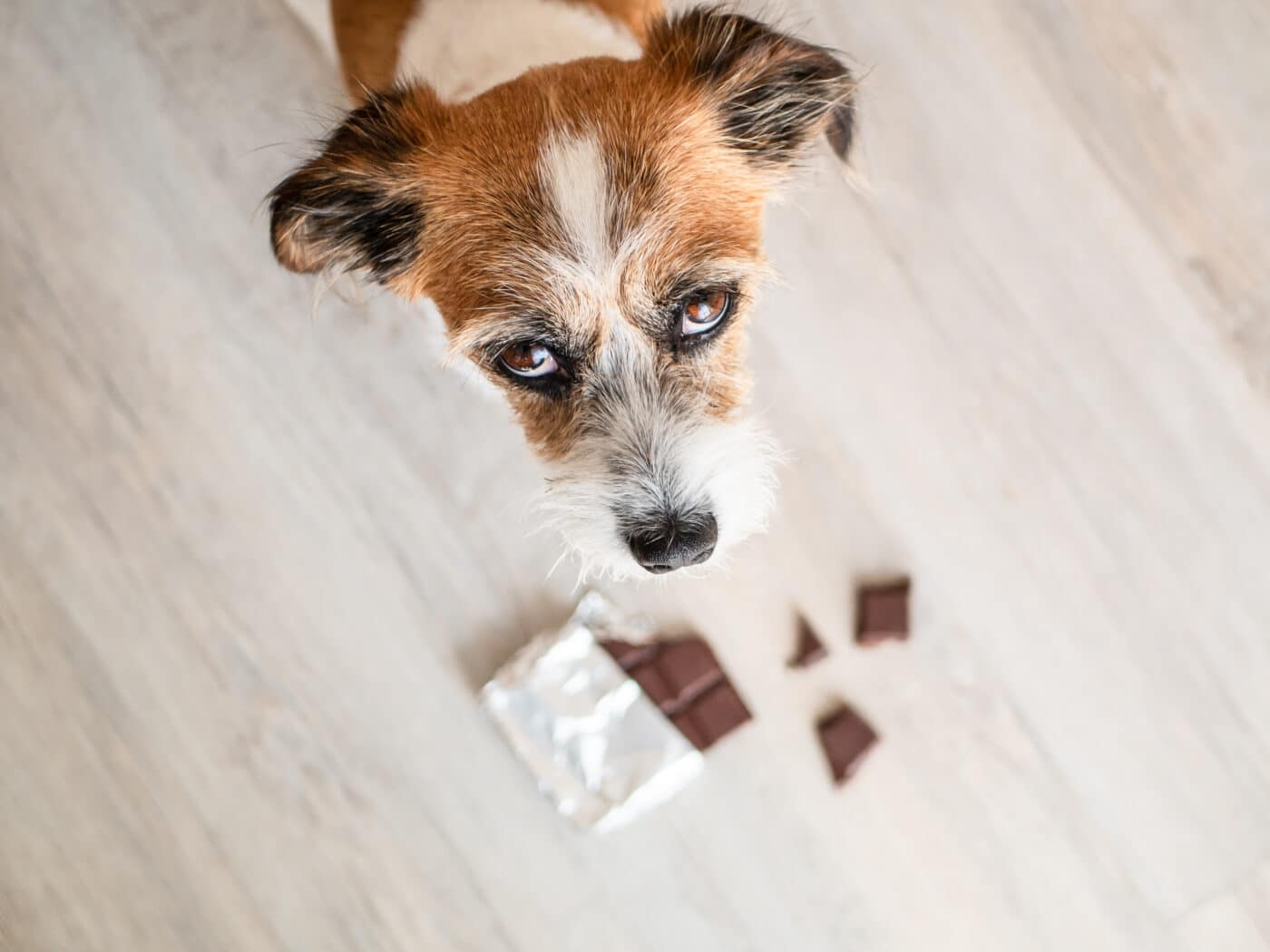 Shutterstock
Shutterstock
Not everything safe for humans is safe for dogs. Chocolate, grapes, onions, garlic, and artificial sweeteners (especially xylitol) can be highly toxic to dogs, even in small amounts. And while your dog might act like they deserve a bite of everything you eat, sticking to dog-friendly snacks is always the safest choice. (Even if that means enduring the world’s most dramatic guilt trip from your pup.)
Letting Them Ride in the Car Unsecured
 MidJourney
MidJourney
Would you let a toddler ride in a car without a seatbelt? No? Then your dog shouldn’t either. Unrestrained dogs can be seriously injured in accidents, and even a small fender bender can send them flying. Use a crash-tested dog seatbelt, a secured crate, or a car barrier to keep them safe. Because the last thing you want is your dog trying to drive while you’re on the highway.
Forgetting to Check Their Paws
 Shutterstock
Shutterstock
Your dog’s paws go through a lot—hot pavement, rough terrain, and who-knows-what at the dog park. Cracked paw pads, cuts, and even ice-melting chemicals can cause pain and irritation. Regularly check and clean their paws, especially in extreme weather conditions. If you notice them limping or licking their paws excessively, it’s time for a paw-check (and maybe some stylish dog booties).
Not Providing Enough Mental Stimulation
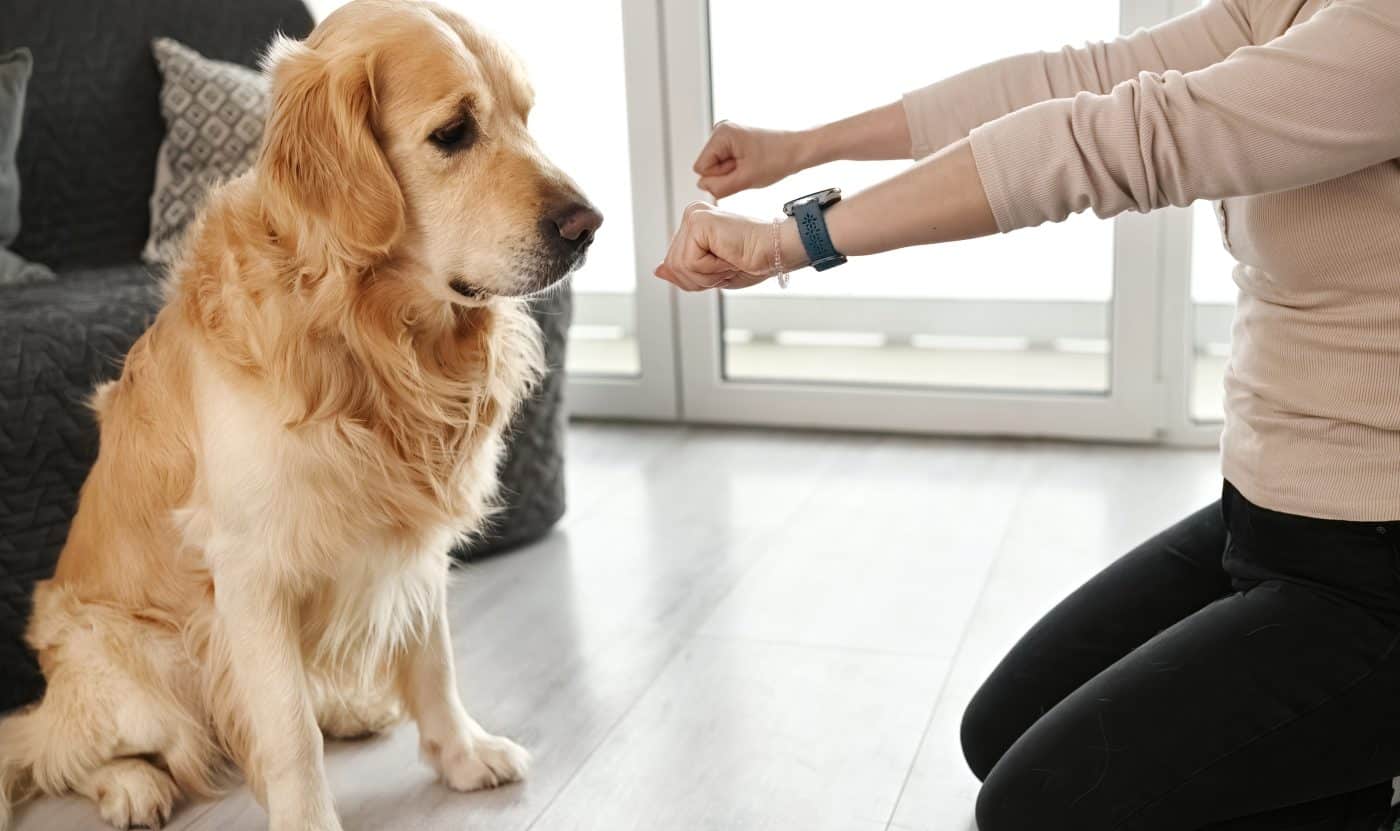 Shutterstock
Shutterstock
A tired dog is a happy dog—but that doesn’t just mean physical exercise. Dogs need mental workouts too! Without enough mental stimulation, dogs can become bored, anxious, or even destructive. Puzzle toys, training sessions, scent work, and interactive games help keep their brains engaged and prevent unwanted behaviors (like chewing on your favorite shoes out of pure boredom). If your dog has been acting restless or finding creative ways to entertain themselves (like digging a hole to the center of the Earth), they might just need more mental challenges in their daily routine.
Ignoring Signs of Stress or Anxiety
 Shutterstock
Shutterstock
Whining, pacing, excessive licking, or sudden aggression can all be signs that your dog is feeling stressed. Just like humans, dogs can suffer from anxiety, and ignoring it won’t make it go away. Pay attention to their body language and triggers, and make sure they feel safe and supported. If necessary, talk to a vet or trainer for help—because no one wants a stressed-out pup.
Your Dog Loves You (Even If You Mess Up Sometimes)
 MidJourney
MidJourney
Let’s be real—dogs are incredibly forgiving. Even if you’ve made a few of these mistakes, your pup still thinks you’re the best thing in the world. The good news? Most of these issues are fixable. A little extra attention, a few habit changes, and some extra belly rubs can go a long way in keeping your furry best friend happy and healthy. Just remember—if your dog could talk, they’d probably say, “I love you, but seriously, let me sniff the grass.”

 1 month ago
17
1 month ago
17
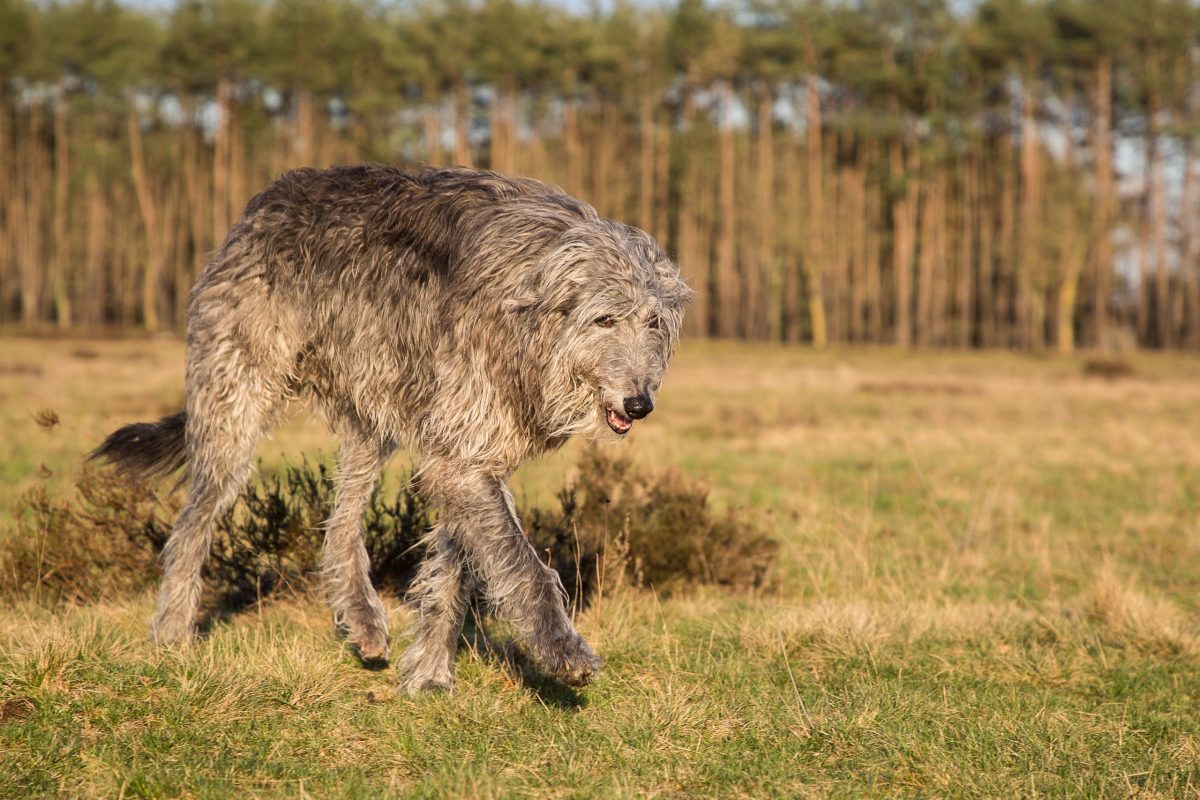




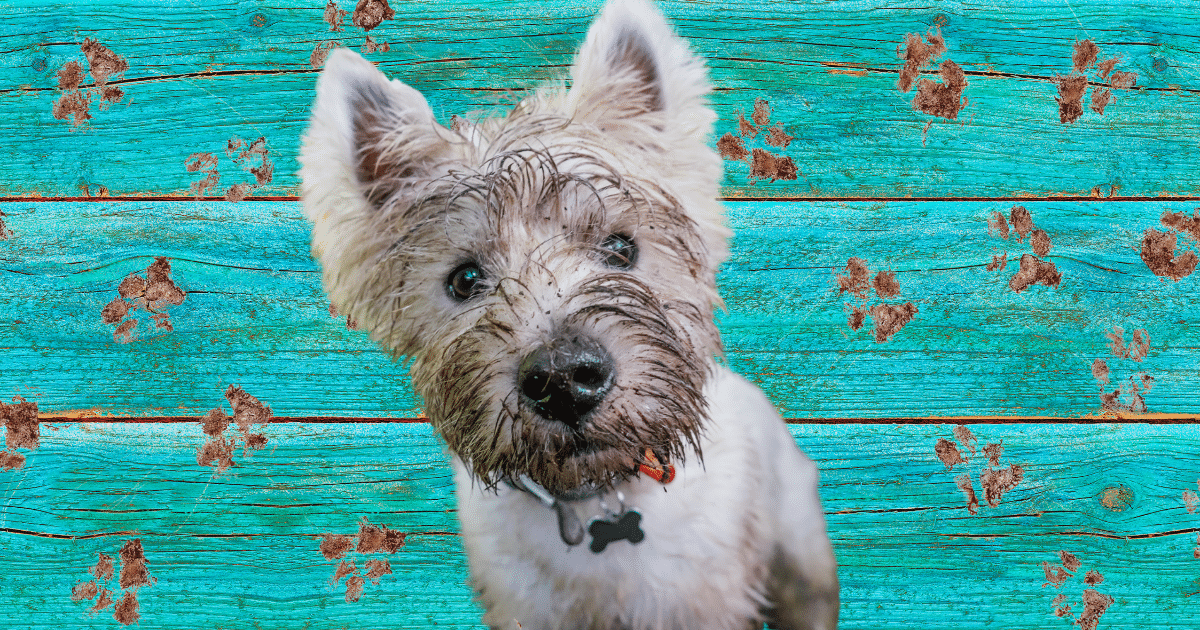

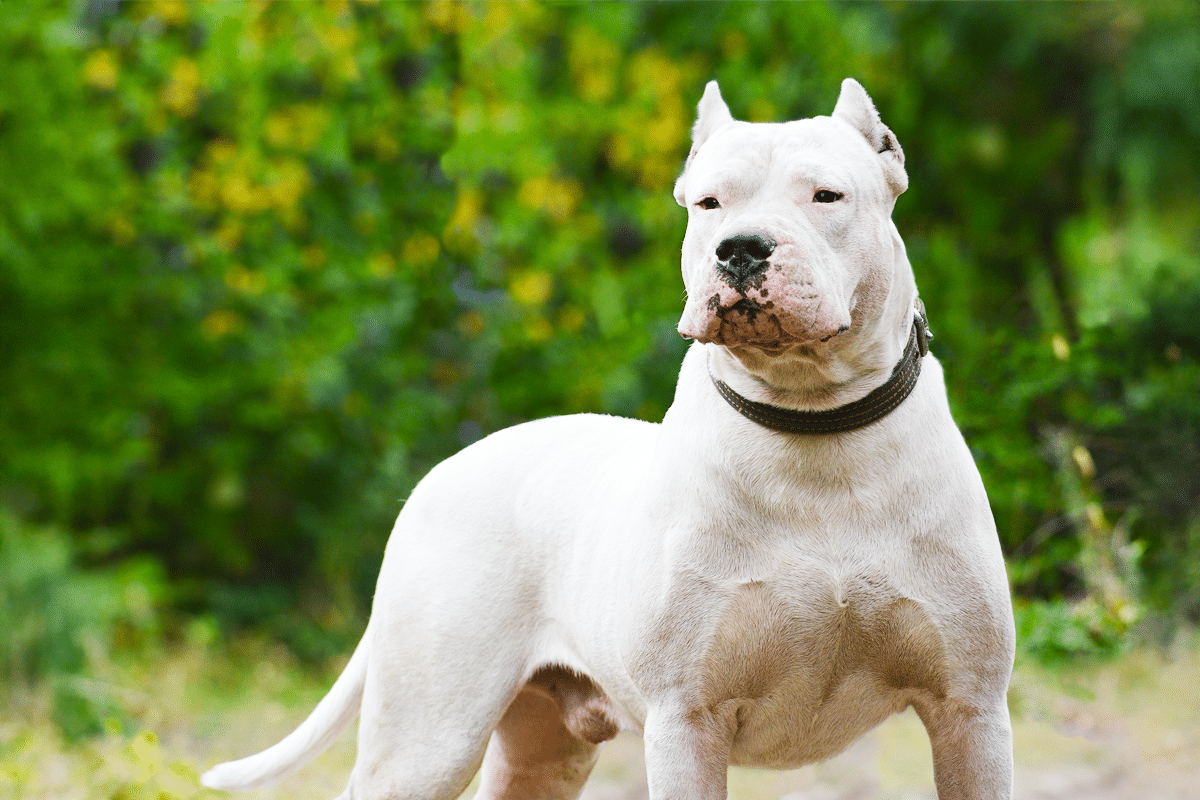
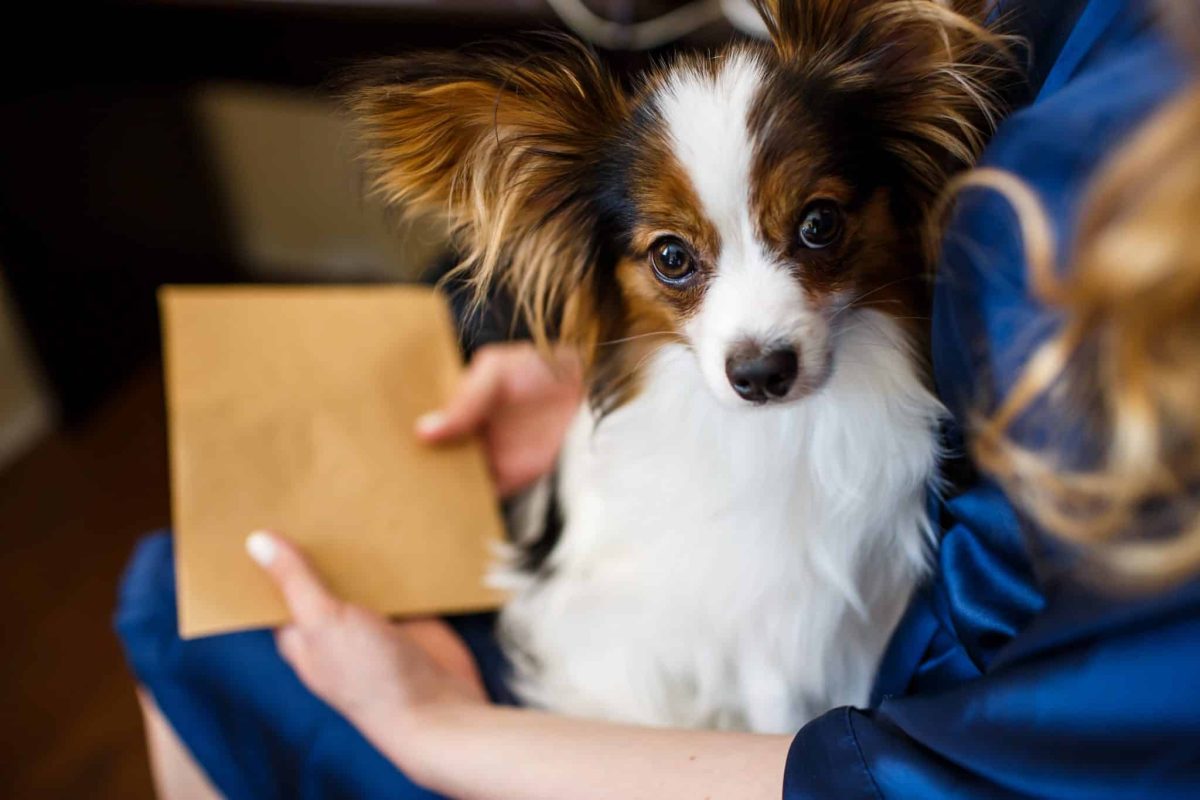









 English (US) ·
English (US) ·